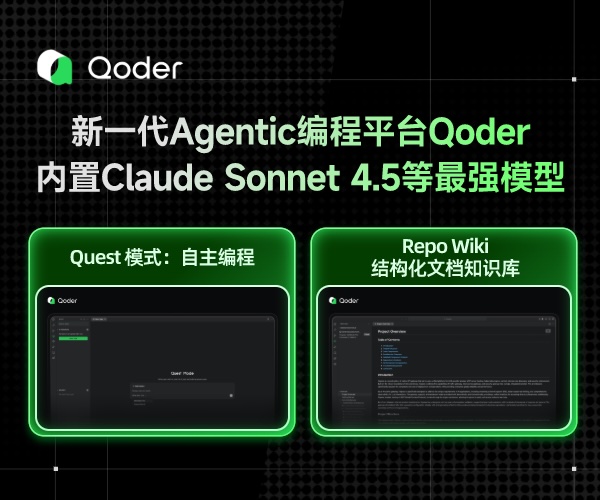ubuntu16下用QT5,实现对话框程序,步骤:生成界面Dialog.ui,将它应用到主程序,通过主程序显示。
一 界面练习
1 Dialog.ui界面生成
在命令行输入:designer
进入界面编辑,然后生成MyDialog.ui,下图为本例的界面

2 将Dialog.ui文件拷贝到当前project下,并“添加现有”到本工程
3编辑main.cpp文件:
#include <QDialog>
#include <QApplication>
#include <ui_mydialog.h> //注意将mydialog.ui的名字重命名ui_mydialog.h,此文件暂时没有,不用担心编译不过,预编译会自动将它补上。
int main(int argc, char *argv[]) { QApplication a(argc, argv); Ui::mydialog ui; QDialog *dialog = new QDialog; // 生成一个普遍的对话框dialog ui.setupUi(dialog); // 将dialog与当前用户自定义界面绑定 dialog->show(); // 输出此对话框 return a.exec(); }
二 让界面有用
在以上基础上,要想生成自己“有用”界面,需要做如下处理,首先,构建你自己的对话框,它的来历是双继承完成的,即你的对话框又继承界面Dialog.ui
还继承系统QDialog,让系统消息和界面事件共同起作用。如图:

构建头文件dialog.h
#ifndef DIALOG_H #define DIALOG_H #include <QDialog> #include "ui_dialog.h" class myDialog : public QDialog, public Ui::Dialog { Q_OBJECT public: myDialog(QWidget *parent = 0); private slots: void on_lineEdit_textChanged(); }; #endif // DIALOG_H
和实现文件:dialog.cpp
#include <QtGui> #include "dialog.h" myDialog::myDialog(QWidget *parent) : QDialog(parent) { setupUi(this); QRegExp regExp("[A-Za-z][1-9][0-9]{0,2}"); lineEdit->setValidator(new QRegExpValidator(regExp, this)); connect(okButton, SIGNAL(clicked()), this, SLOT(accept())); connect(cancelButton, SIGNAL(clicked()), this, SLOT(reject())); } void myDialog::on_lineEdit_textChanged() { okButton->setEnabled(lineEdit->hasAcceptableInput()); }
修改main.cpp
#include <QDialog> #include <QApplication> #include <dialog.h> int main(int argc, char *argv[]) { QApplication a(argc, argv); myDialog *dialog = new myDialog; dialog->show(); return a.exec(); }
通过以上三个步骤,编译程序,只要点击OK按钮能够有所反应,说明构建基本完成。



 浙公网安备 33010602011771号
浙公网安备 33010602011771号